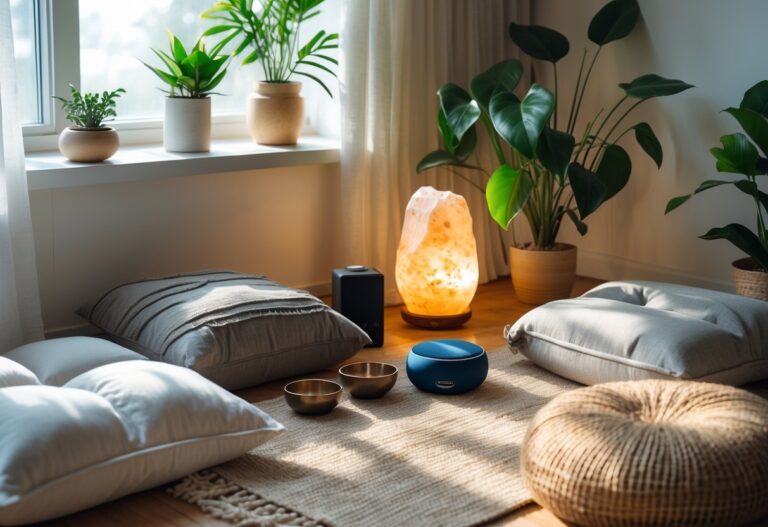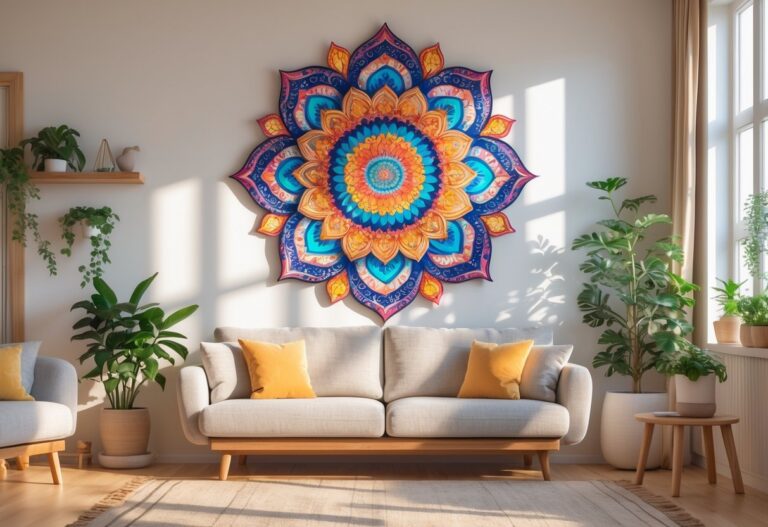Creating a quiet corner at home isn’t as tricky—or pricey—as it might seem. Soundproofing can be surprisingly simple: think thick curtains, plush rugs, or just sealing up those weird little gaps that let in street noise.
Even these small tweaks can make a noticeable difference. Suddenly, your quiet corner feels like it actually deserves the name.
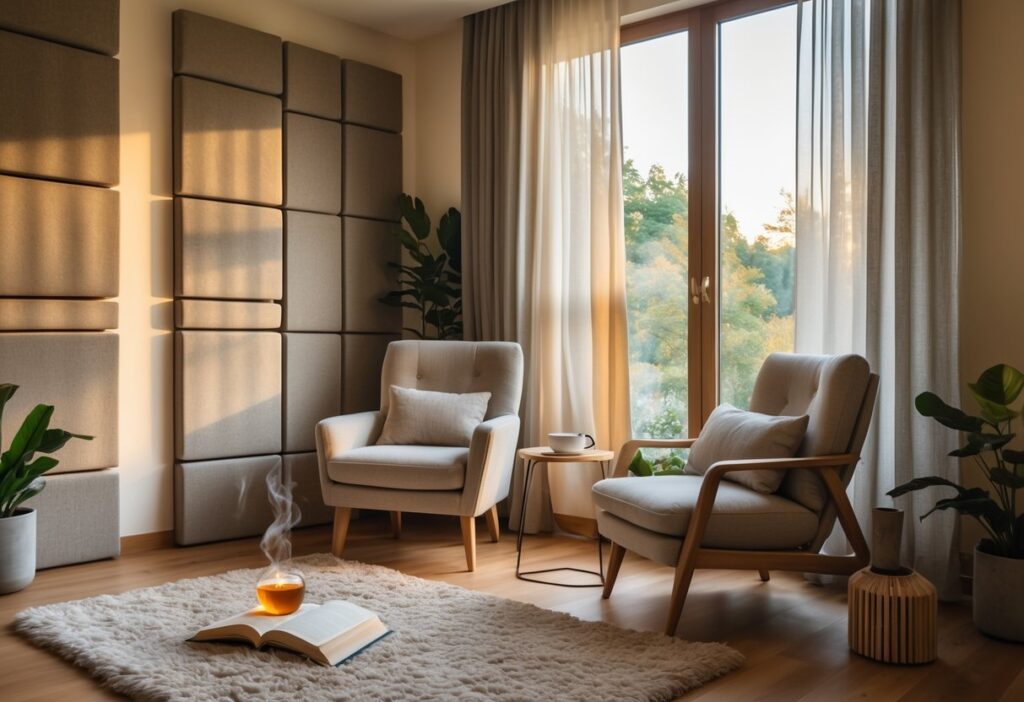
If you want to get a bit more serious about blocking sound, foam padding or high-density insulation work wonders. Some folks even build DIY soundproof booths with PVC frames and heavy curtains—definitely doable on a budget.
No matter your budget or how cramped your apartment might be, you can carve out a peaceful spot. This guide’s here to nudge you through the basics so your quiet corner can actually help you focus—or just breathe for a sec.
Designing Your Peaceful Soundproof Corner
Getting your quiet corner right takes a little planning and a dash of curiosity about where all that noise is coming from. Pick a spot, figure out the main offenders, and start thinking about how sound sneaks in—or bounces around.
Identifying and Assessing Noise Sources
First, try to pin down the noise. Is it traffic, chatty neighbors, or your own appliances humming away?
Listen at different times of day, because mornings and evenings can sound totally different. Jot down what bugs you most and when it’s loudest.
If you’re into gadgets, grab a decibel meter app and record the peaks. Knowing what you’re up against makes choosing materials way easier.
Room Selection and Layout for Maximum Quiet
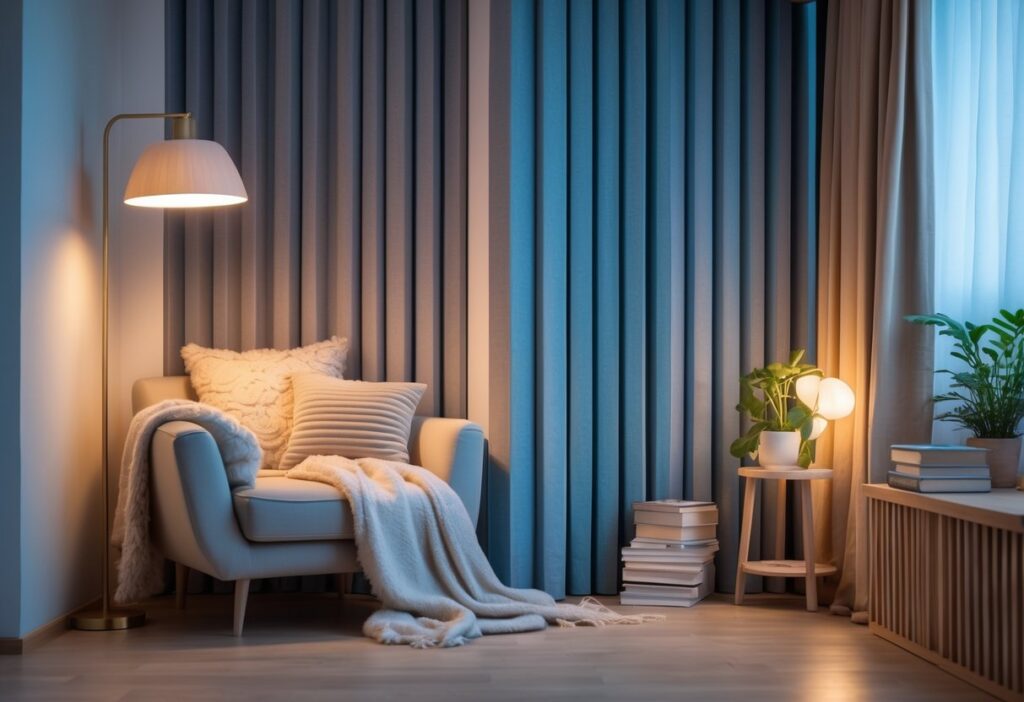
Pick a room or corner that’s already a bit removed from chaos—maybe not right by the street or a shared wall. Spaces with less foot traffic are usually easier to quiet down.
Inside, set up your nook as far as you can from windows or doors that leak sound. Sometimes, just moving your chair to an interior wall helps.
Line up big furniture—like a bookshelf or couch—against walls that face noise. They do a decent job as bonus barriers.
Keep things flexible so you can toss in a soundproof blanket or panel wherever you notice leaks.
The Science of Sound Transmission and Soundproofing
Sound is basically vibrations moving through air and stuff. To stop it, you need to block or soak up those vibrations.
Dense materials—like mineral wool or rigid foam—help stop sound from slipping through walls. Soft things, like acoustic panels or thick curtains, soak up echoes.
Decoupling, or building a floating frame inside your room, can keep vibrations from traveling through the structure itself.
Don’t forget the little gaps: sealing around doors and windows with weatherstripping or acoustic caulk can make a bigger difference than you’d think.
Mixing these tricks together is the best way to keep both airborne noise and vibrations at bay.
Essential Materials and Techniques for Effective Soundproofing
If you want a genuinely quiet space, focus on blocking and absorbing noise through every surface—walls, floors, ceilings, doors, and windows. The right materials, installed with a bit of care, really do matter.
Choosing and Installing Quality Acoustic Panels
Acoustic panels are designed to soak up sound and cut down on echoes. Foam panels are easy to find, but thicker tiles—like fiberglass ones—can be even better.
Stick them where sound bounces most, usually opposite your main noise source or in corners. Adhesive strips or mounting brackets work for hanging them up, and you don’t have to cover every inch of wall.
Pair panels with soft furniture for a double whammy. Just remember, panels mostly help with echoes inside the room, not the noise coming through the wall itself.
Upgrading Walls with Insulation and Soundproof Drywall
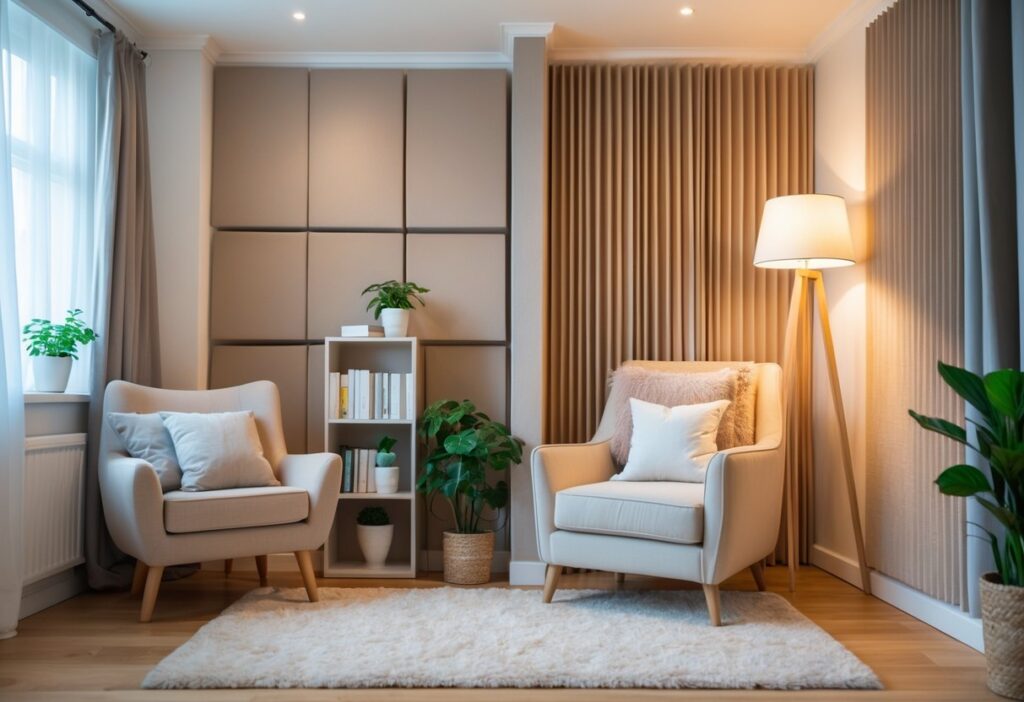
Stuffing your walls with mineral wool or foam insulation can seriously cut down on noise sneaking through. It fills the gaps and absorbs sound waves before they move on.
Soundproof drywall, sometimes layered with mass-loaded vinyl (MLV), adds heft without taking up much space. MLV is heavy and blocks sound, which is what you want.
Resilient channels separate drywall from the studs, so vibrations don’t travel as easily. Combine all these, and your wall becomes a pretty solid sound barrier.
Selecting Solid-Core Doors and Soundproof Window Solutions
Swapping out a hollow-core door for a solid-core one is a game changer. Solid doors are heavier, so they block sound way better.
Seal up the cracks around the door with weatherstripping or a door sweep. It’s wild how much noise slips through those tiny gaps.
For windows, try soundproof inserts—these add another layer inside your existing window, cutting down outside noise without a full replacement.
If you want to go all in, upgrade to laminated glass windows with airtight frames. Pairing solid doors and soundproof windows keeps your quiet corner actually, well, quiet.
Wrapping up, building a quiet corner is more about smart choices than huge investments. A little planning, some decent materials, and a willingness to experiment can transform any nook into a peaceful retreat. Honestly, everyone deserves a spot to tune out the world—even if just for a few minutes a day.
Soundproofing Floors and Ceilings: Underlayment and Tiles
Floors can be notorious for letting noise travel between rooms, especially in older buildings. Using dense underlayment materials like rubber or foam beneath your flooring helps cushion impact sounds—think footsteps, dropped objects, or the occasional dance party.
Acoustic floor underlayment absorbs vibrations and cuts down on sound conduction to the rooms below. If you’ve got hard floors and don’t feel like tearing things up, thick rug pads can be a surprisingly effective, low-cost fix.
Ceilings are another weak spot. Installing soundproof acoustic tiles or adding an extra drywall layer with insulation inside the ceiling cavity can make a noticeable difference.
Some folks swear by decoupling the ceiling drywall with resilient channels to reduce vibrations. It’s a bit more work, but the payoff in peace and quiet might be worth it.
Honestly, mixing and matching these approaches usually brings the best results. You might not achieve total silence, but you’ll definitely notice the improvement.
In the end, a few thoughtful upgrades can transform your space into a much more peaceful retreat—without breaking the bank or your back.

